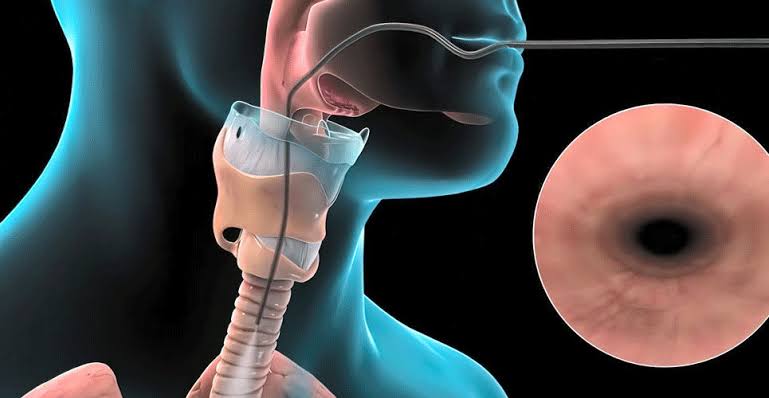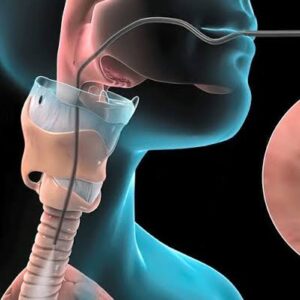Bronchoscopy
Price range: ₹800.00 through ₹1,600.00
Learn Bronchoscopy through our scientifically proven stepwise program. You can acquire this skill anywhere, anytime, without quitting your job and daily life.
Please read the Requirements and Commitments of each level before making a purchase. Ensure you meet the eligibility criteria to receive the product/service.
Description
Bronchoscopy is a crucial procedure for physicians and surgeons specializing in respiratory and thoracic care. Its significance includes:
- Diagnostic Precision: Bronchoscopy allows direct visualization and sampling of the airways, aiding in the diagnosis of various lung conditions, such as tumors, infections, and inflammation.
- Therapeutic Potential: Physicians and surgeons can use bronchoscopy for therapeutic purposes, including removing foreign objects, placing stents, and treating airway obstructions.
- Treatment Planning: Proficiency in bronchoscopy assists in planning treatment strategies, such as guiding lung cancer staging or assessing postoperative outcomes.
Bronchoscopy:
Bronchoscopy is a procedure that uses a thin, flexible tube with a camera (bronchoscope) to examine the airways and lungs.
Indications for Bronchoscopy:
Bronchoscopy is indicated for patients with various respiratory conditions, including:
- Lung Cancer: For diagnosing and staging lung cancer, as well as taking biopsies.
- Persistent Cough: To investigate the cause of chronic cough, including infectious or obstructive factors.
- Pneumonia: To identify the cause of recurrent or unresponsive pneumonia.
Steps of Bronchoscopy for Surgeons and Physicians:
- Patient Preparation: The patient is usually sedated or given a local anesthetic. The bronchoscope is inserted through the nose or mouth.
- Visualization: The bronchoscope is advanced through the airways, allowing for visual examination of the trachea and bronchi.
- Biopsy and Sample Collection: Biopsies, fluid samples, or cytology brushes may be used to collect samples for further analysis.
- Therapeutic Interventions: The bronchoscope may be used to remove foreign objects, place stents, or treat airway obstructions.
- Withdrawal: The bronchoscope is slowly withdrawn while monitoring for any additional findings.
- Post-procedure Care: The patient is monitored during recovery from sedation or anesthesia.
Bronchoscopy is a valuable tool for diagnosing and treating respiratory conditions, making it essential for physicians and surgeons in the field of pulmonology and thoracic surgery.
Additional information
| Levels | Level-1, Level-2, Level-3 |
|---|
General Inquiries
There are no inquiries yet.





